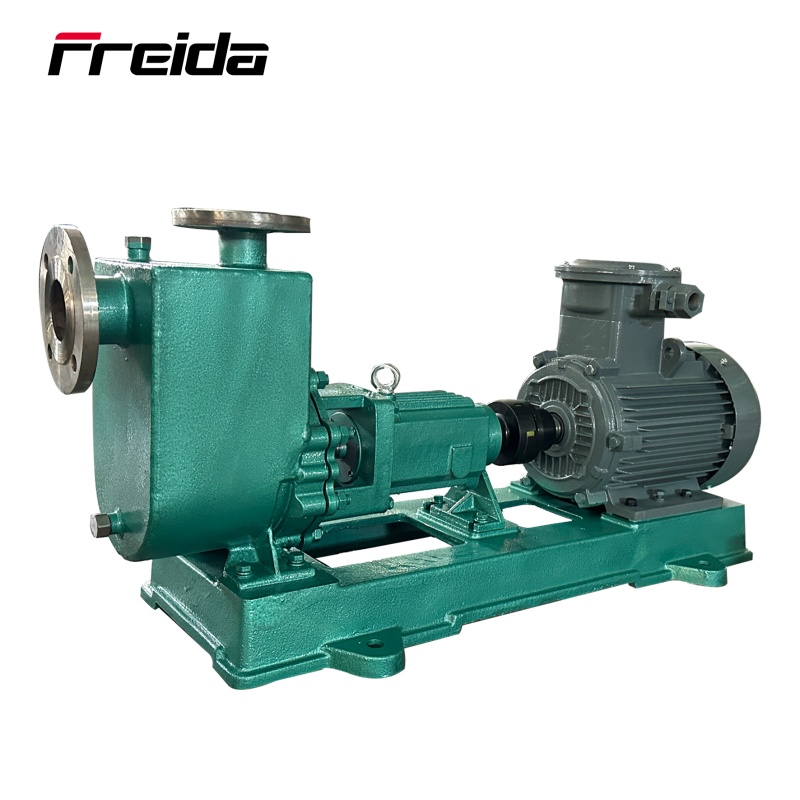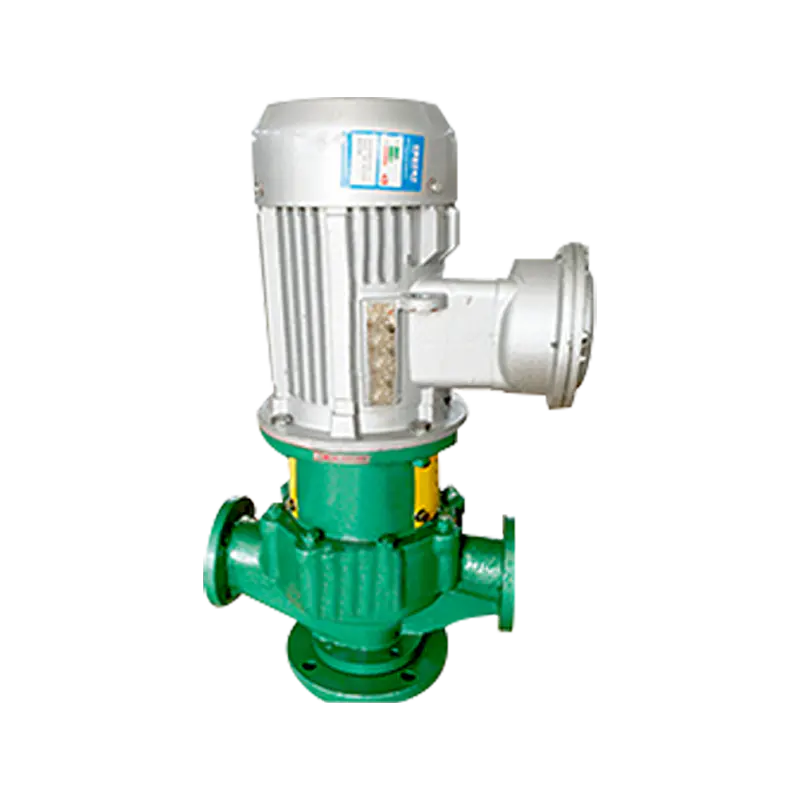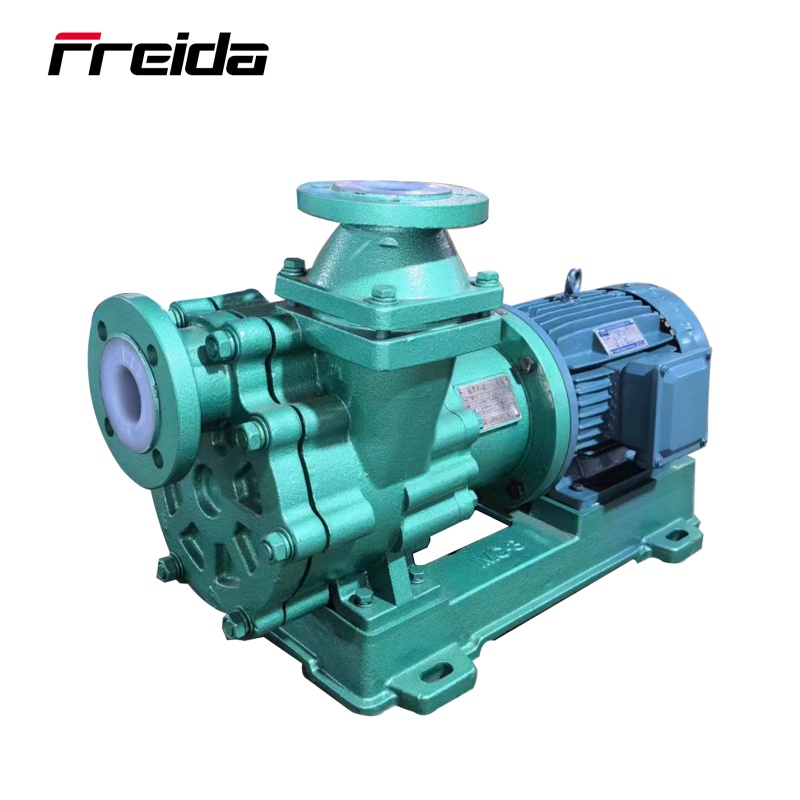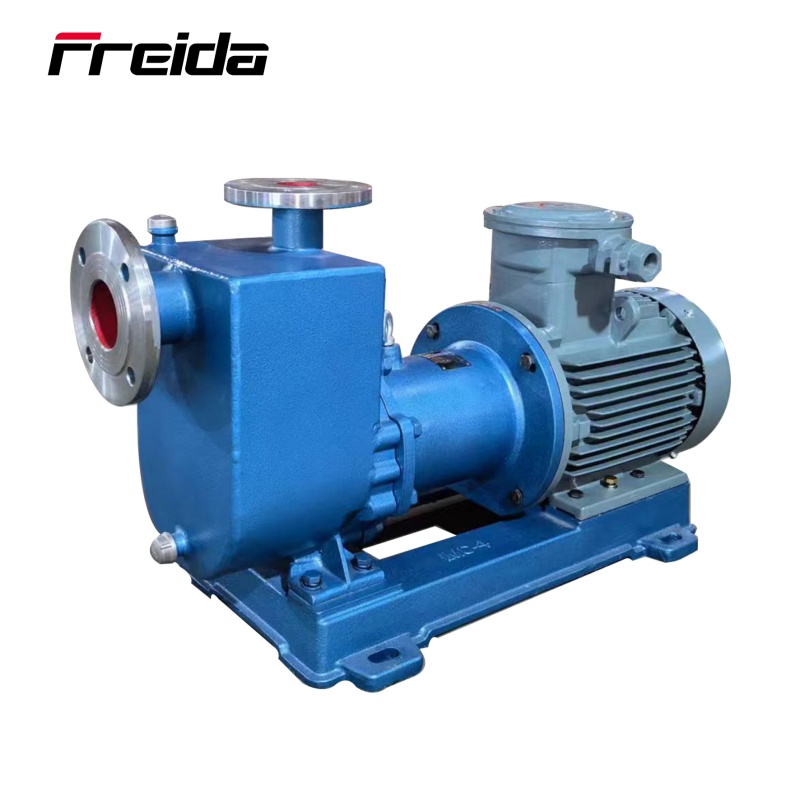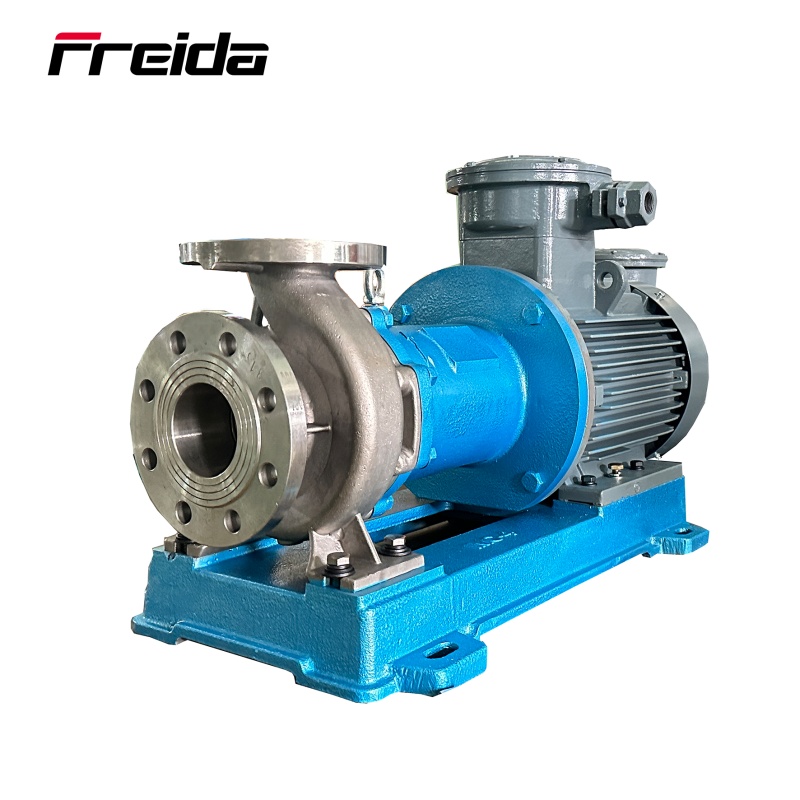The centrifugal pump is an indispensable machine across countless industries, from water treatment and petrochemicals to HVAC systems and manufacturing. Its function is to convert rotational kinetic energy, typically from an electric motor or engine, into hydrodynamic energy of the fluid flow. While a complete centrifugal pump system involves many auxiliary components, three core parts are absolutely essential for its fundamental operation: the impeller, the casing (or volute), and the shaft. Understanding the role of this core trinity is key to comprehending how a centrifugal pump works and how its performance is maintained.
1. The Impeller: The Heart of the Centrifugal Pump
The impeller is arguably the most crucial dynamic component of the centrifugal pump. It is a rotating disk or wheel equipped with vanes or blades that extend from the center. Its primary function is to directly impart kinetic energy to the fluid.
Role and Mechanism
When the impeller spins at high speed, fluid entering the pump’s center (the eye of the impeller) is caught in the vanes. Due to the centrifugal force—hence the name centrifugal pump—the fluid is flung outward from the center towards the periphery of the impeller. This rapid acceleration significantly increases the fluid’s velocity and, consequently, its kinetic energy. The geometry of the vanes is critical; they are typically backward-curved to ensure smooth fluid movement and efficient energy transfer.
Types of Impellers
Impellers are categorized based on their hydraulic design:
- Open: Vanes are exposed on both sides. Used for handling fluids with a high concentration of solids or slurries.
- Semi-Open: Vanes are attached to a back shroud (plate). Offers a good balance between efficiency and clog resistance.
- Closed: Vanes are enclosed by both a front and a back shroud. The most common type for high-efficiency applications handling clean liquids.
2. The Casing (Volute): The Energy Converter
The casing, often designed as a volute, is the static component that encloses the impeller. It is a strategically shaped pressure boundary that serves two vital functions: containing the pressurized fluid and converting the fluid’s high-velocity kinetic energy into usable pressure energy.
Function and Design
As the high-velocity fluid leaves the tips of the impeller vanes, it enters the gradually expanding spiral path of the volute casing. This increasing area passage causes the fluid’s velocity to decrease (decelerate). According to Bernoulli’s principle, this velocity reduction is accompanied by a proportional increase in static pressure. This pressure is what ultimately moves the fluid to the required discharge height or destination.
Diffuser vs. Volute
While the volute is the most common design, some high-pressure, multi-stage centrifugal pumps use a diffuser. A diffuser is a ring of stationary vanes surrounding the impeller. It converts kinetic energy to pressure more efficiently than a simple volute but is more complex and costly.

3. The Shaft: The Power Transmitter
The shaft is the mechanical linkage that transmits the rotational power from the prime mover (motor or engine) to the impeller. It must be robustly designed to handle significant torque and maintain precise alignment of the impeller under operating loads.
Importance and Supporting Components
The integrity of the shaft is paramount for the reliable operation of the centrifugal pump. It determines the rotational speed and the mechanical stability of the impeller. The shaft is typically supported by:
- Bearings: These components are essential for supporting the radial and axial loads of the shaft, allowing it to rotate smoothly while minimizing friction and wear.
- Shaft Sealing (e.g., Mechanical Seals or Packing): These crucial components prevent the pumped fluid from leaking out of the casing where the shaft passes through it, and prevent air from leaking into the pump.
A well-aligned and vibration-free shaft ensures that the impeller operates correctly within the casing, preventing premature wear of the wear rings, bearings, and seals, thereby maximizing the overall efficiency and lifespan of the centrifugal pump.
Conclusion
The effective and reliable operation of a centrifugal pump hinges on the synergistic function of its three most essential main components: the impeller for accelerating the fluid, the casing (volute) for converting velocity into usable pressure, and the shaft for reliably transmitting mechanical power. The careful design, material selection, and maintenance of this core trinity are what allow the centrifugal pump to serve as a versatile and powerful workhorse across modern industry.
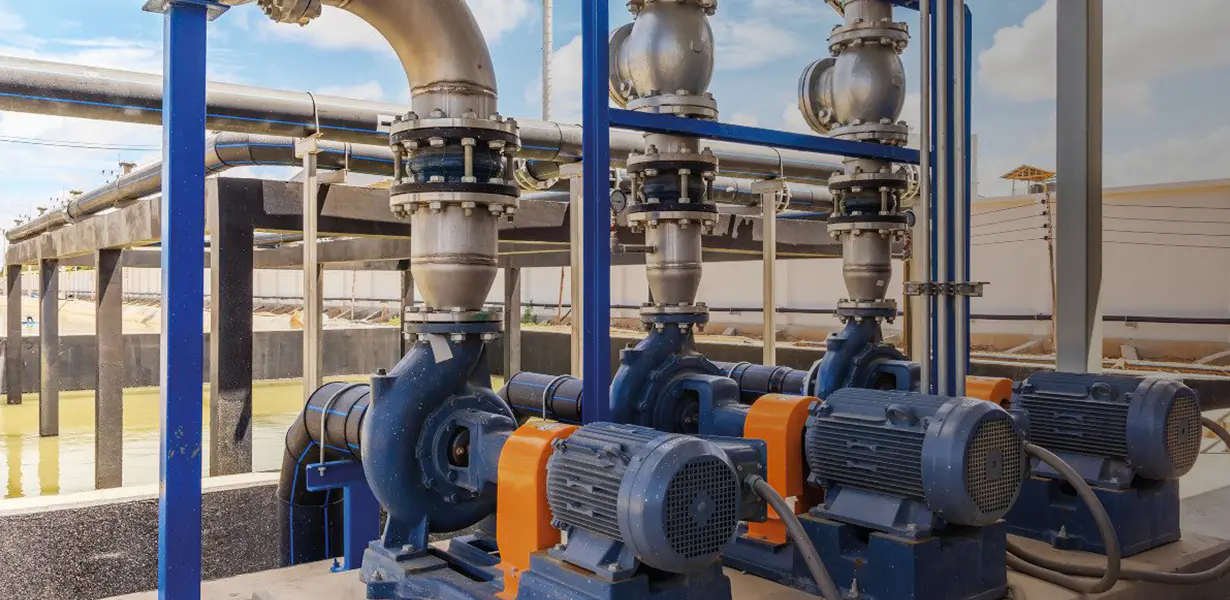
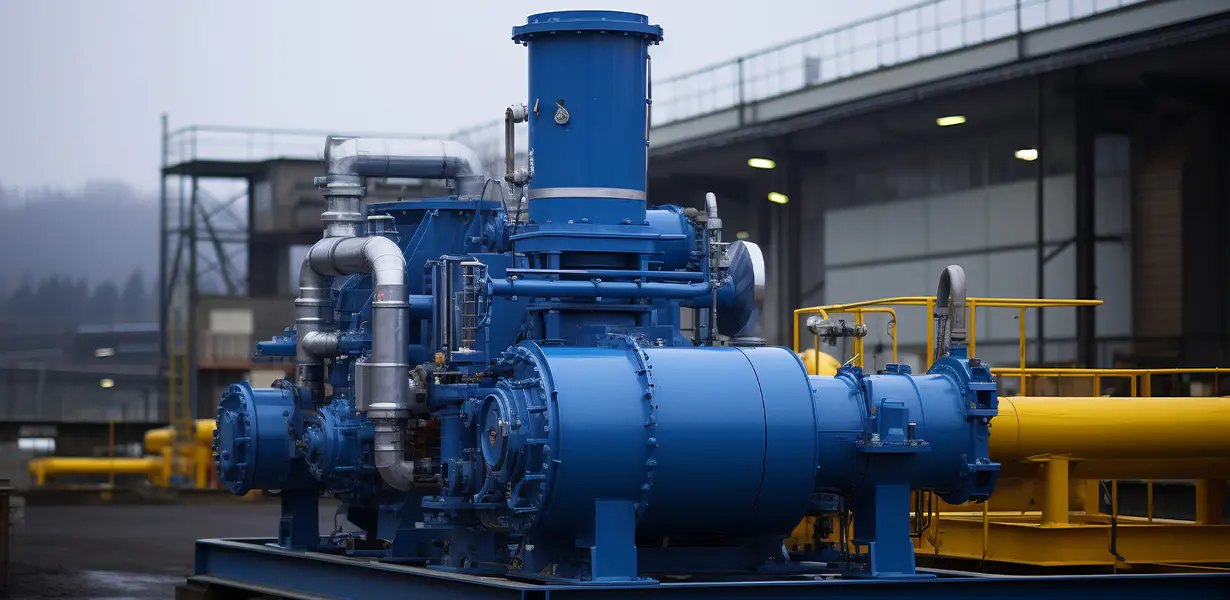

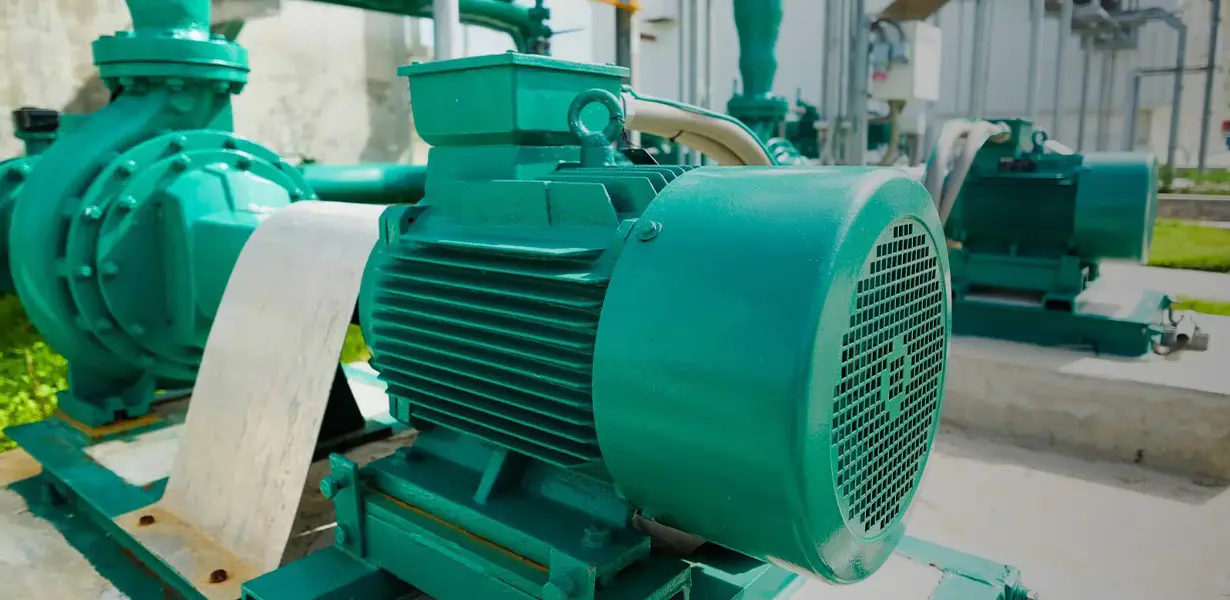
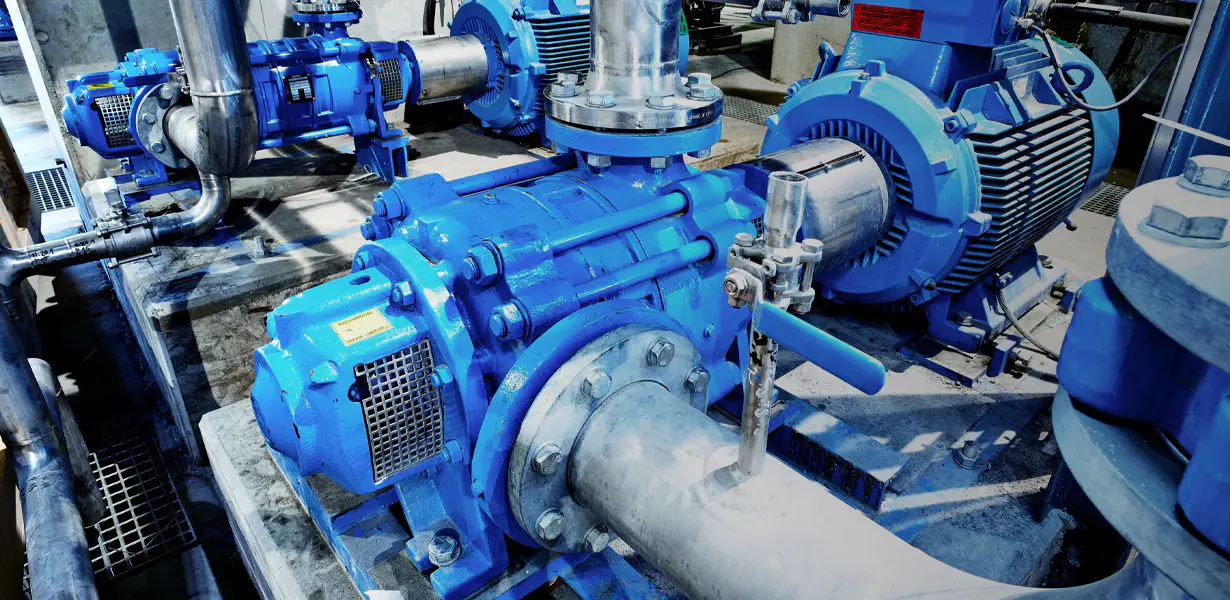



 English
English русский
русский Español
Español Français
Français





